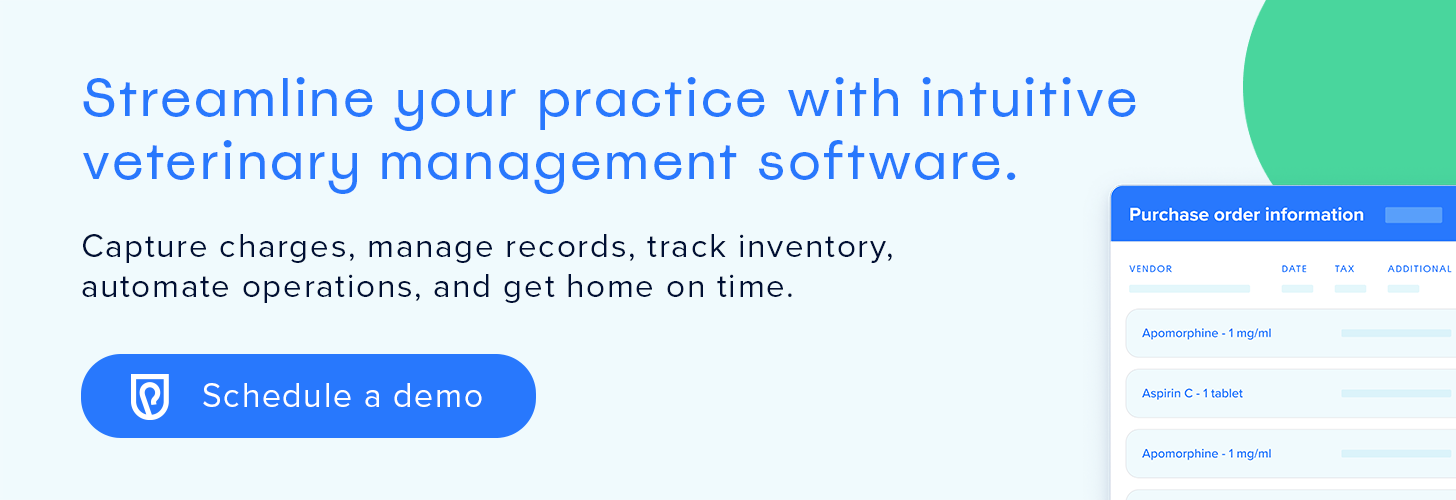Team in Trouble? Recognizing Veterinary Burnout

Veterinary burnout may begin with an individual team member, but it can spread like wildfire across every aspect of a practice, potentially compromising patient care and safety, client satisfaction, employee retention, and mental health. Recognizing early burnout is key to controlling its harmful effects and building a supportive, resilient, and united workplace culture.
Truth time: veterinary burnout isn’t normal or appropriate
The first step in recognizing and addressing veterinary burnout is acknowledging it as an abnormal and unhealthy state. While it’s natural to experience grief or compassion fatigue in response to common physical and emotional challenges, burnout should never be seen as a normal aspect of the job. Yet without effective strategies to manage unavoidable stress, team members may become vulnerable to chronic exhaustion and disengagement, compromising their well-being and the quality of care they provide. By conveying these truths to the team, veterinary leaders can foster a psychologically safe environment where burnout is openly recognized and addressed.
Imminent threat: signs of burnout you should never ignore
Veterinary burnout is often regarded as a chronic progressive condition, but it can also occur suddenly after a single traumatic event, such as a critical error, accident, or unexpected patient loss. Accurately recognizing burnout requires continual observation of your team’s behavior and productivity, assessing for key warning signs such as:
- Compassion fatigue — One of the first signs of veterinary burnout is apathy or detachment, also known as compassion fatigue. Team members may lack emotional investment in their work and appear distant or disconnected from their patients, clients, and colleagues. They may withdraw from social interactions and appear less empathetic and more mechanical in their approach to care.
- Negative attitude — Team members may demonstrate increased irritability or frequently complain about their patients, clients, or colleagues. Although venting can be therapeutic in some circumstances, team members affected by veterinary burnout may find only temporary relief. Persistent negative attitudes can ultimately affect collective morale.
- Reduced job performance — Decreased individual or team productivity, efficiency, or service quality can signal disconnection from and dissatisfaction with one’s work. Teams may also experience increased errors or omissions because of inattention or lack of emotional investment.
- Poor health and exhaustion — Veterinary burnout disrupts sleep patterns and can lead to increased physical fatigue. This may manifest as chronic tardiness, poor attendance, increased health problems, and an inability to concentrate at work. Team members may report feeling depleted or lack motivation for activities they previously enjoyed.
- Perceived lack of purpose — Team members struggling with veterinary burnout may feel low self-worth, express frustration over the futility of their efforts (i.e., “Why do we bother?”), report a sense of disillusionment, or question standard protocols and treatment decisions.
Signs of burnout are interconnected, with one change sparking others, therefore veterinary practice managers and leaders must act quickly at the first sign of trouble.
Keeping the flame alive: addressing veterinary burnout
Resolving veterinary burnout will depend on its cause. Solutions may involve addressing an isolated problem (e.g., staffing shortage) or combining multiple strategies to create a healthier, sustainable, and supportive veterinary work culture more resistant to burnout. Potential solutions include:
-
Hiring additional team members — Unburden existing team members by hiring additional staff or revisiting how responsibilities are assigned.
-
Championing your team — Safeguard your team from client or colleague abuse by enforcing a zero-tolerance policy against bullying and ensuring staff members feel protected.
-
Building a psychologically safe workplace culture — Create an environment where team members can express their concerns, challenges, and frustrations without fear of judgment or shame.
-
Prioritizing work-life balance — Encourage the team to utilize their paid time off, take allocated breaks during work hours, and leave on time when possible. Review scheduling strategies to ensure everyone has appropriate personal time and a more equitable work-life balance.
-
Promoting self-care — Help team members learn and embrace positive coping strategies by making self-care a core part of your workplace culture.
-
Strengthening communication and trust — Conduct regular, informal check-ins to build stronger relationships with team members and enhance trust. Regular one-on-one meetings can help team members feel safe and confident in bringing their concerns or ideas to management. They also create opportunities to identify and address early signs of burnout or compassion fatigue.
-
Equipping your team with professional resources — Make help accessible by connecting your team to low or no-cost mental health and well-being professionals including trained counselors and therapists. Include various anytime resources such as:
Veterinary burnout is a harmful condition that puts everyone at risk. Early recognition and intervention, along with initiatives that strengthen workplace culture, can safeguard veterinary teams against irreversible harm. These measures can also give them the tools and resources to enjoy health and well-being inside and outside the clinic.
Preventing future flare-ups: proactively protect your team
Did you know technology can contribute to team well-being? Veterinarian-designed Shepherd Veterinary Software was created with the belief that veterinary professionals deserve joy. It delivers a user-friendly, intuitive design, powerful automations, and seamless integrations with many of your favorite practice tools, apps, diagnostic services, and laboratories. Give your team the gift of an efficient, frustration-free workflow and cloud-based convenience by scheduling your free demo today!
